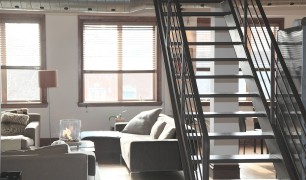Condensation is often a problem that needs to be managed by the tenants of the property.
Mould and condensation can become an issue during cold or wet weather. When there is a lot of moisture in the air, it will condense on any cold surface which could allow mould to grow. Mould is not nice to look at and could even be a potential health risk for tenants living with it.
How to Remove it
Most supermarkets sell sprays that you can use to get rid of the mould or mildew. They tend not to be very expensive and can be used on most surfaces. Be sure to read the instructions before use.
How to Prevent Condensation
To prevent the issues mentioned above, please ensure that you take the following measures during your time in the property.
To prevent condensation, you need to reduce the amount of moisture in the air. This can be done in a number of ways:
Drying Clothes
Dry your clothes outside! Not only is it more eco-friendly, but it will prevent the moisture from the clothes turning into mould inside the property. If drying inside, keep an extractor fan on so that the moisture has somewhere to go. Use a drying rack rather than spreading clothes directly over radiators will also help.
Ventilation
Make sure extractors are on whenever showering, bathing or cooking, and leave them on for at least 15 minutes after finishing. Opening a window will also help but remember to close it afterwards. If an extractor stops working in the property or you have a problem with a window, let us know straight away.
Heating
Try to keep your property’s temperature constant, rather than going from really warm to really cold. This helps to stop the water vapour condensing as the temperature of the air lowers. It will also help you economically to keep a steady temperature – use the radiator thermostats to help you do this.
Cooking
Make sure to use the extractors and windows when you’re cooking, and try not to let pans and kettles boil any more than necessary.
Storage
Overfilling cupboards and wardrobes can prevent air from circulating properly, which can lead to cold spots and, in turn, damp. Try to make sure storage spaces aren’t overly full and try to leave a bit of space between your items and the walls.
If you’ve followed all of the advice above and you’re still finding that you have a problem with condensation or mould in your property, let us know and we’ll see what we can do.






